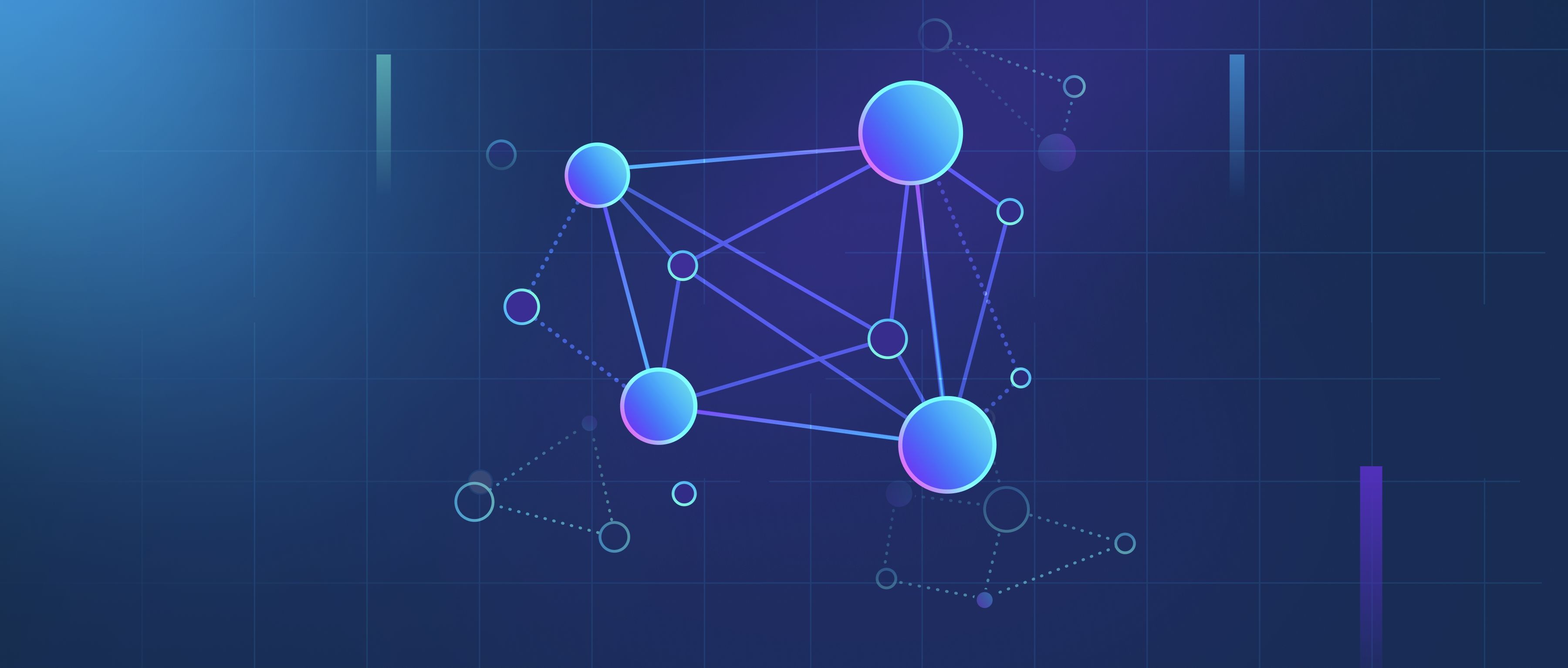Augmented Reality (AR) plays a significant role in data visualization by providing an interactive and immersive way to present and analyze information. Instead of looking at traditional 2D charts or graphs on a screen, AR allows developers and users to visualize data in a three-dimensional space. This means that large datasets can be represented as physical objects or layers in the real world, making it easier to recognize patterns, correlations, and anomalies. For instance, a developer might create an AR application that overlays sales data onto a physical retail environment, allowing store managers to see inventory levels and sales performance in real time as they walk through the store.
One notable advantage of using AR for data visualization is its potential for enhancing understanding through interaction. Users can manipulate visual elements using gestures, enabling them to drill down into specific data points or adjust parameters dynamically. For instance, in an engineering context, engineers might use AR to visualize stress analysis data on a 3D model of a bridge. By moving around the model, they can easily see which areas are under the most stress and need attention, allowing for more informed decision-making. This level of interactivity fosters a more intuitive understanding of the data.
Moreover, AR can facilitate collaboration among teams. By integrating AR visualization tools, multiple users can share the same data viewing space, regardless of their physical location. For example, a team of scientists working on environmental data can come together in a virtual seminar, using AR to present climate trends and visualize their impact on local ecosystems. This shared experience not only improves communication but also stimulates idea generation as team members can actively engage with the data together. Overall, AR not only enhances the way data is visualized but also enriches the interpretation and collaboration processes among technical professionals.
